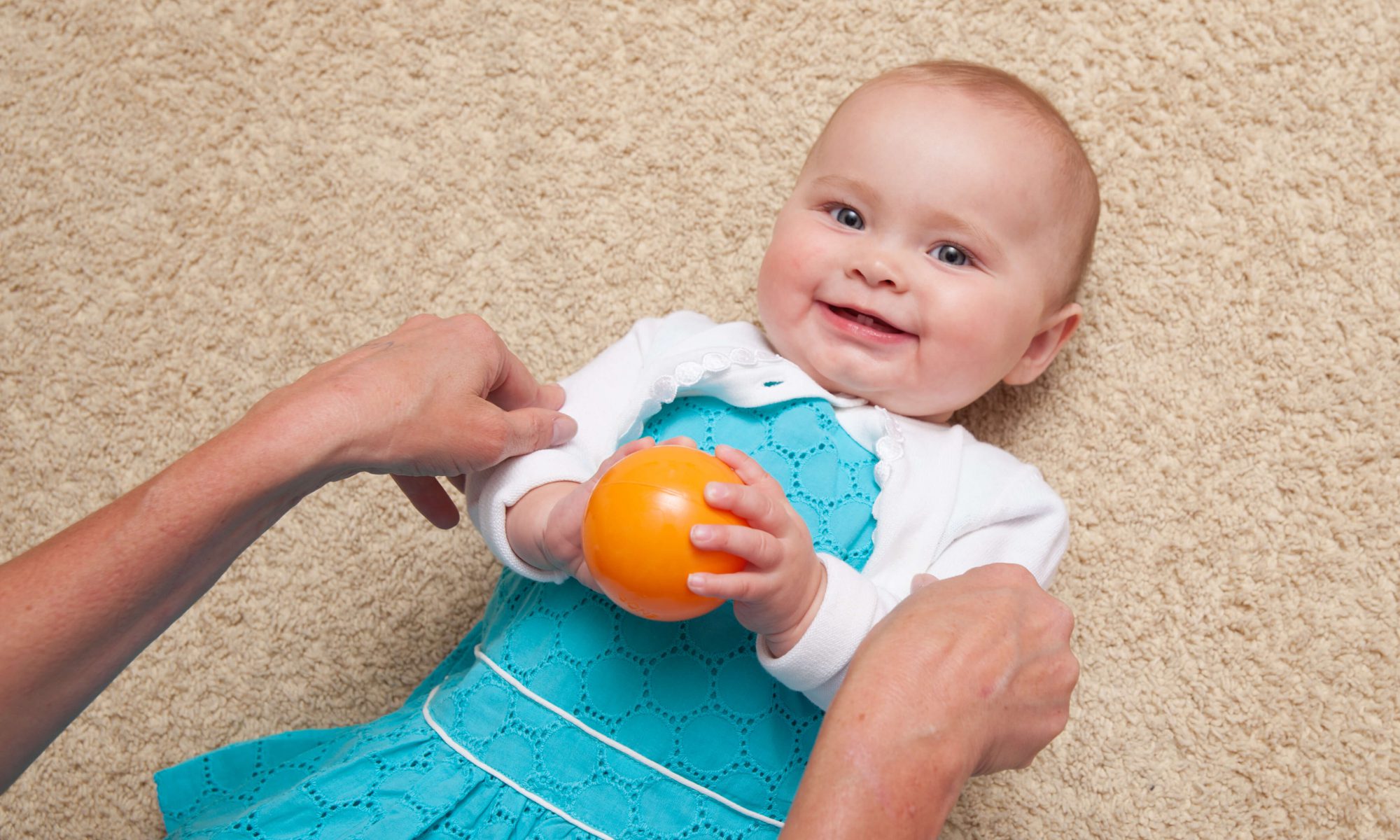Yes, “baby speech development” really is critical in that first year. According to the Proceedings of the National Academy of Sciences, researchers found evidence that babies—long known to explore their world with their mouths—actually use their tongues, lips, and other articulators to unravel the mysteries of the speech and language they hear on a constant basis. Let’s start with articulators…
Mouthing + Articulators
When we talk about babies using their tongue, lips, and other parts of the mouth to explore sounds, we are talking about the articulators, or what allow us to make a vast variety of sounds in speech. Those primary explorations lead to more sophisticated ones like differentiating the sound “th” as found in “thank you” with the “th” sound in “then.”
Normally, there’s an active articulator (something that moves) interacting with a passive one (something that’s still). Now, let’s dig into those…
Passive Articulators
- The Hard and Soft Palate (the roof of the mouth – used for letters like K and G)
- The Alveolar Ridge (make a T sound – that’s your tongue striking the Alveolar Ridge)
- The Teeth (say V or F – that’s using the teeth in an articulation)
Active Articulators
- The Tongue (LOTS of sounds use the tongue – TH, D, L, G, K, etc.)
- The Lips (M, B, P)
- The Vocal Folds (say “uh-oh”…that’s a glottal stroke and uses the folds gently striking each other)
Hearing Sounds and Responding with Articulators
So, now that you know what the articulators are, what are babies doing with them?
From The Atlantic article on the study:
The study authors played two different “d” sounds—both common in Hindi, but not found in English—for six-month-olds from English-speaking households. As the sounds played, some of the babies had teething toys in their mouths: either a hard toy that restricted the movement of the tongue, which would impede the ability to make a d sound, or a soft pacifier that went between the gums and left the tongue unaffected (the researchers ran ultrasounds of the babies’ mouths to confirm the effects of each toy).
What they found: The presence of a teething toy didn’t necessarily make a difference, but the type of toy did—babies whose tongues were constrained couldn’t distinguish between the sounds as well as the others.
– The Atlantic
Why It Matters for Baby Speech Development
As infants hear sounds around them, they attempt to copy them. This research points toward the possibility that the very act of attempting to copy speech sounds has a positive impact on an infants ability to understand the speech.
Observation is certainly important in learning, but physically exploring sounds with the articulators as a baby hears them is experiential. The study indicates that this experiential activity is very much part of the process of learning.
Check out this video from the Albert Einstein College of Medicine, featuring Speech Language Pathologist Nancy Tarshis. She walks us through the basics of speech development in babies.
The next time you play with your little one, try making individual letter and letter combination sounds. See what happens! Do you see exploration with the tongue and the lips? Your baby isn’t just copying you, they’re starting the journey of speech acquisition and building a foundation of comprehension.
For more baby speech development resources, find a class or check out our toolkits for speech therapists!

